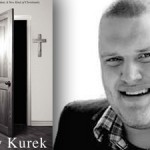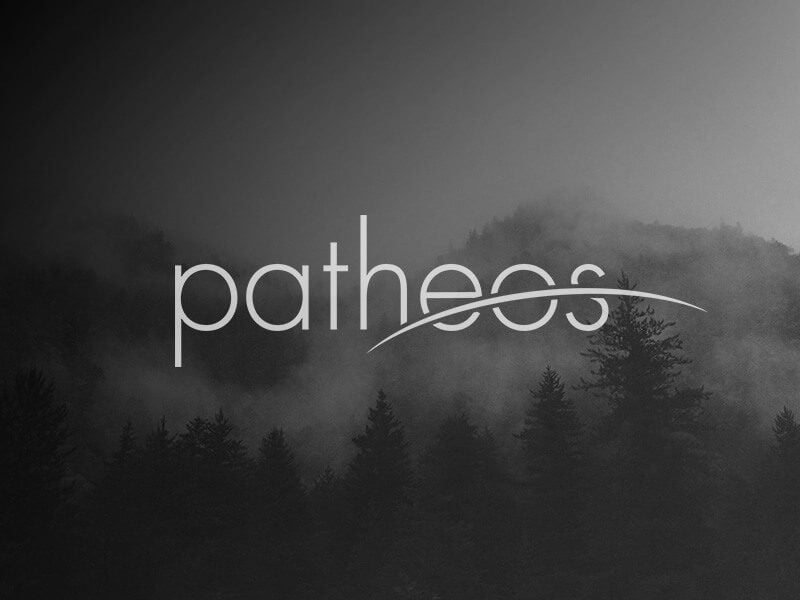How can Billy Graham, a southern Baptist evangelist preacher, sit down with Robert Schuller of the Crystal Cathedral, and say that he’s sensed the spirit of Jesus in Tibetan Buddhists, even though they didn’t know the name “Jesus”? How can N.T. Wright, an evangelical New Testament scholar, co-write a book with his friend Marcus Borg, a progressive, panentheist, and fellow of The Jesus Seminar? How can Thomas F. Torrance, a Scottish Presbyterian Reformed theologian, win the Templeton Prize for Progress in Religion because of his contributions to the relationship between science and theology, as well as for assisting the Eastern Orthodox Church in its articulation of Trinitarian theology? How can Pope Benedict XVI be engaged in open and friendly dialog with one of Judaism’s foremost scholars, Jacob Neusner? How can Thomas Merton, a Benedictine monk and hermit, who’s writing revitalized the American monastic movement in the fifties and sixties, die in Bangkok while participating in a spiritual summit with Buddhists? How can profoundly deep agreement occur between David Bohm, an important quantum-physicist, and Krishnamurti, a world-teacher on philosophical spirituality, as well as with the Dalai Lama, the spiritual leader of Tibetan Buddhism?
I could go on and on. But the z-theory has helped me answer these questions for myself. I don’t for a minute believe that these people were concealing their true identities, pretending to agree on the outside while profoundly disagreeing on the inside. I don’t think one party believed they were right and heading for reward and the other party was wrong and heading for destruction. I believe that these people understood that every person has equal status within the free space of dialog and mutual respect, appreciation and understanding.
An online friend sent me a kind warning that I was already familiar with, originally articulated by the Buddha:
While the Tathagata, in his teaching, constantly makes use of conceptions and ideas about them, disciples should keep in mind the unreality of all such conceptions and ideas. They should recall that the Tathagata, in making use of them in explaining the Dharma always uses them in the semblance of a raft that is of use only to cross a river. As the raft is of no further use after the river is crossed, it should be discarded. So these arbitrary conceptions of things and about things should be wholly given up as one attains enlightenment.
I wholeheartedly agree. For me, the z-theory has freed my mind from a narrow, fundamentalist way of thinking and has opened new vistas of understanding and, I hope, wisdom. For me. The theory is just that… a theory. Nothing more. It is just a way for me to understand reality. It helps me to answer the “how” questions from the first paragraph of this post. I’m wondering if its possible that it could help others too. For I believe we are in greater need today than ever before to find ways of dialoging with others with openness, respect and love.
//
Check out my t-shirts HERE. I’m growing my inventory all the time. And check out my contemplative art here.











